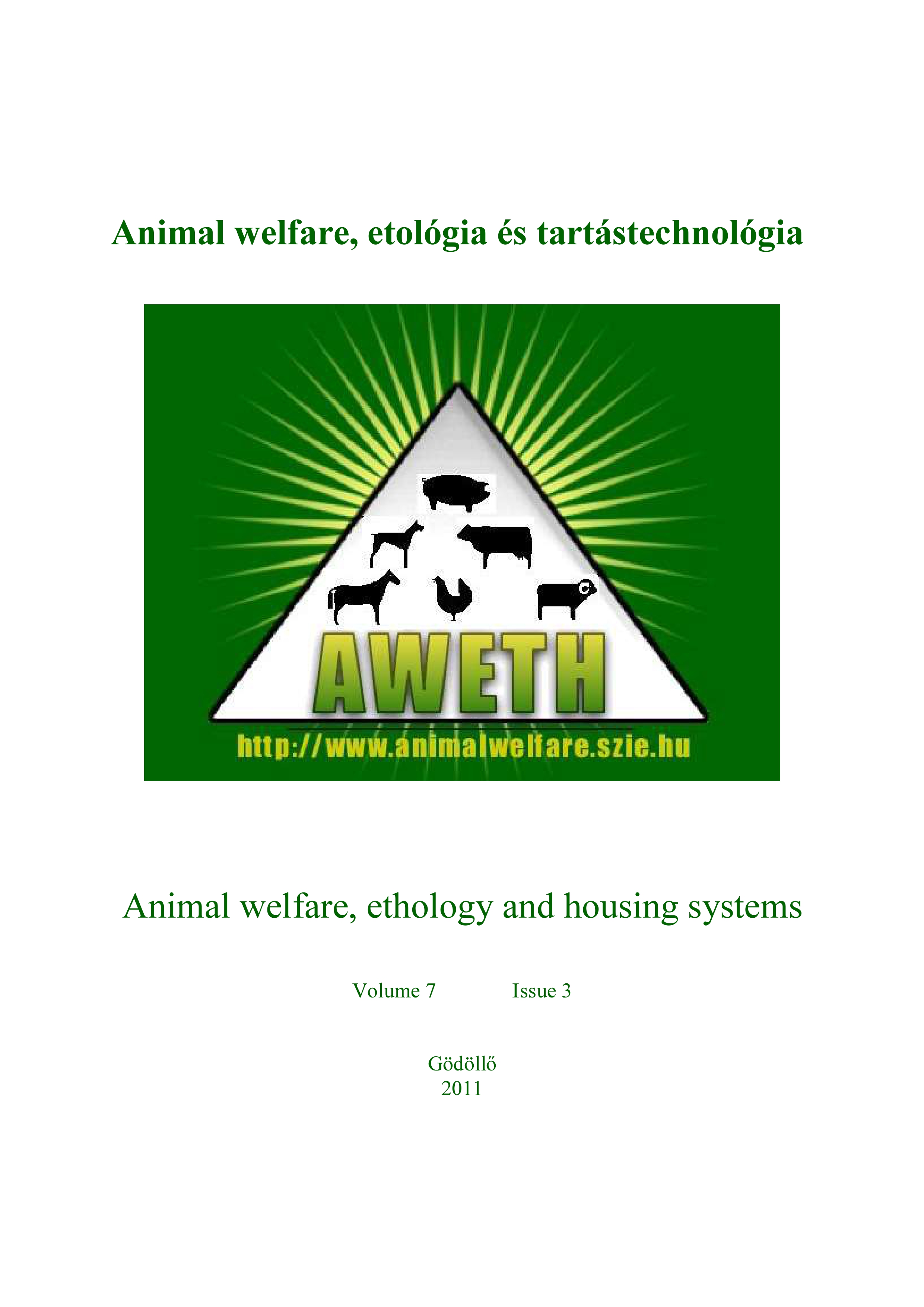Development strategies for green fodder production in Hungary
Keywords:
Green fodder production, pastures and meadows, silage maize, alfalfa, National Rural Development Strategy 2020Abstract
Arable fields make up 60% of the total area of Hungary; in Europe, this rate is higher only in Denmark. Ecological conditions are favourable but organic matter resources in the soil have been depleted in the past 20 years and draughts threaten production in an increasing area.
Animal husbandry – including the keeping of cattle, sheep and pig – has been reduced to its third in the past 20 years. Pastures previously making up for 18.5% of the area of Hungary represent now 11% only, with hardly two thirds of the pasture area utilised. The production of green fodder has also decreased to half or a third of its previous volume (alfalfa and silage maize, respectively).
The relevant development strategy was published by the Ministry for Rural Development in 2011, in the frame of the National Rural Development Strategy 2020. The cornerstone of this strategy is the development programme for animal husbandry, including the keeping of indigenous species based on pasture use. The programme aims at supporting these animal husbandry practices on at least half of the protected pastures, the latter ones corresponding to at least 50% of the total area of pastures in Hungary. The Demographic Land Programme that supports young farmers and the programme facilitating the takeover of family farms, as well as the Program for the Development of Isolated Farms promote ruminant husbandry and green fodder production indirectly. Supporting the direct, producer-to-consumer marketing of hungaricums (unique Hungarian products) and agricultural products will also promote growth in the sector.
References
Bajnok M., Szemán L., Tasi J. (2010): The effect of pre-utilisation and the harvest time of the quantity and quality of fodder by extensive pasture usage. Acta Agronomica Hungarica, 58(2) 185–193. https://doi.org/10.1556/AAgr.58.2010.2.10
Bajnok, M., Mikó, P., Tasi, J. (2010): The reselience of the composition of vegetation in various grasslands by different frequency of grassland utilisation. Növénytermelés, 59(Suppl.) 529–532.
Tasi, J., M. Bajnok, Sz. Szentes, K. Penksza (2009): The distribution of precipitation as a stress coefficient on harvest amounts of differenet grasslands. VIII. Alps-Adria Scientific Workshop Neum, Bosnia-Herzegovina, Suppl. 2. 109–112.
Tasi J., R. Resch, K. Buchgraber (2011): The impact of production factors on the yield formation of grasses of various exploitation. 10th Alps-Adria Scientific Workshop, Opatija, Croatia. Növénytermelés. 60(Suppl. 4) 403–406.
A 61/2009 (V.14.) FVM rendelet az európai Mezőgazdasági Vidékfejlesztési alapból nyújtott agrár-környezetvédelmi támogatások igénybevételének részletes feltételeiről
Downloads
Published
Issue
Section
License
Copyright (c) 2011 Tasi Julianna, Török Gábor

This work is licensed under a Creative Commons Attribution-NonCommercial-NoDerivatives 4.0 International License.





